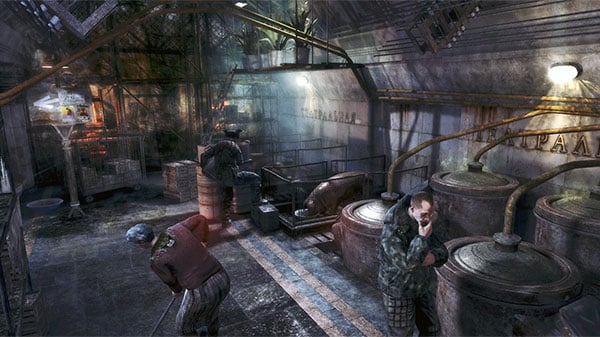NVIDIA GeForce GTX 750 Ti Maxwell GPU Review
Metro Last Light is your typical post-apocalyptic first person shooter game with a few rather unconventional twists. Unlike most FPS titles, there is no health meter to measure your level of ailment; rather, you’re left to deal with life, or lack thereof, more akin to the real world with blood spatter on your visor and your heart rate and respiration level as indicators. Metro Last Light boasts some of the best 3D visuals on the PC platform and includes a DX11 rendering mode that makes use of advanced depth of field effects and character model tessellation for increased realism. This title also supports NVIDIA PhysX technology for impressive in-game physics effects. We tested the game at resolutions of 1920x1200 and 2560x1600 with its in-game image quality options set to their High Quality mode, with DOF effects disabled.
|
|
|


The new GeForce GTX 750 Ti performed just slightly behind the Radeon R7 265 in the Metro Last Light benchmark; the GeForce GTX 750, however, eked out a slight victory over the Radeon R7 260X, though the where right on top of each other for the most part.
Except for a bit of craziness at about the half-way point with a couple of the lower-end configurations, there were no major issues with frame pacing to report in this game.










